Artist in Residence Program
2018 Resident Artist
ARCUS Project’s Artist-in-Residence Program received 665 applications from abroad (85 countries and regions). Following a careful screening process, Cihad Caner (Turkey), Erika Ceruzzi (USA) and Erica van Loon (The Netherlands) have been selected as the 2018 residents. The artists will participate in a residency at ARCUS Studio in Moriya, Ibaraki, for 110 days from August 24 to December 11, 2018.
As the judges for this year’s applications, we welcomed Kanazawa Kodama, an independent Curator and senior deputy director of curatorial affairs, Towada Art Center as our guest curator and Nanjo Fumio, ARCUS Project Adviser and a director of Mori Art Museum who made the selection through a process of discussion with the ARCUS Project Administration Committee.
Overview of the 2018 Selection
This year was the first time an age limit of 40 was set, and this was expected to reduce the number of applicants, but I am happy to say that in the end ARCUS Project received 665 applications. On the other hand, as I carried out the evaluation process, I felt it somewhat unfortunate that there were many submissions that only made sense within the relatively narrow context of fine art. Who is the art intended for, who do you want to reach, what do you want to say… naturally there are no easy answers to these questions, but in artist-in-residence programs, I would always like to witness artists breaking out of shells of self-satisfaction and self-protection. With this in mind, these three artists were selected for the correspondence between their concepts and their modes of expression, as well as the contemporary relevance of their concerns, which I believe will make their work appeal to more diverse audiences.
(Guest curator, Kanazawa Kodama)
Cihad Caner
Turkey
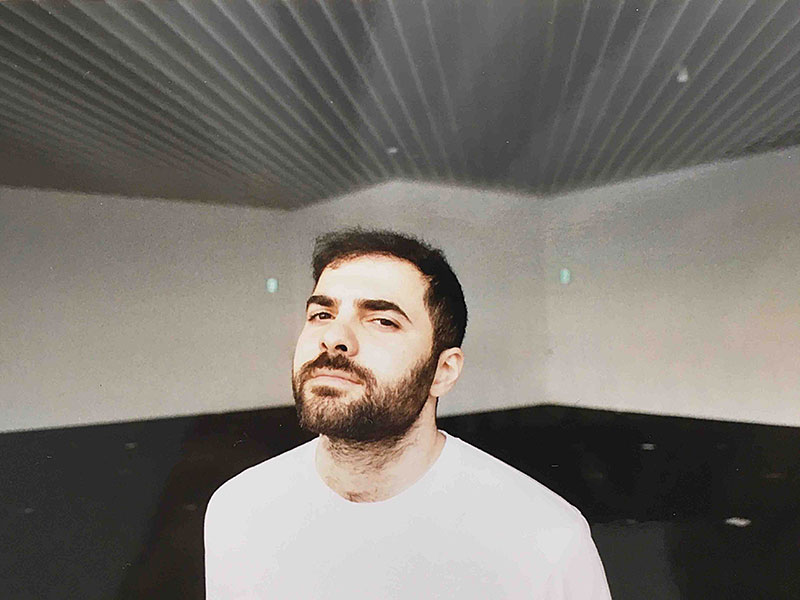
Born in Istanbul, Turkey in 1990. Lives and works in Istanbul and Rotterdam, Netherlands. Caner studied photojournalism at Marmara University (Istanbul) and then media design and communication at Piet Zwart Institute (Rotterdam). Experiences as a photojournalist in Turkey gave Caner an awareness of ethical issues involved in producing and presenting heartrending images of war, and prompted a search for alternatives to the current state of society, in which people are flooded with images at unprecedented speed. Caner has primarily dealt with war, conflict, immigration, and resistance, and has produced and presented videos, 3D animation, sculpture, and installations with the motifs drawn from war-devastated communities and objects collected there.
Selected Works
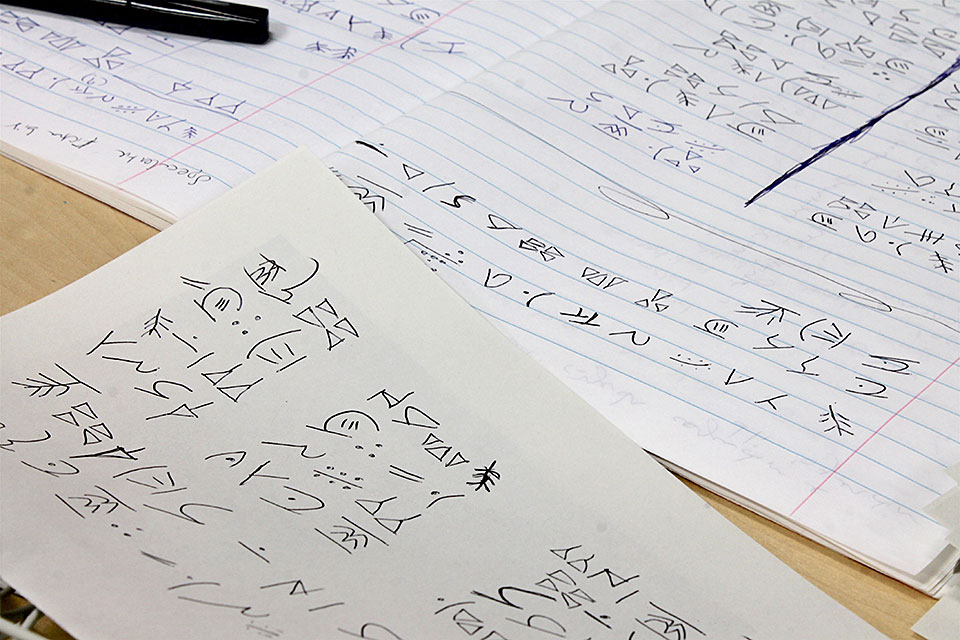
Creation of fictional characters
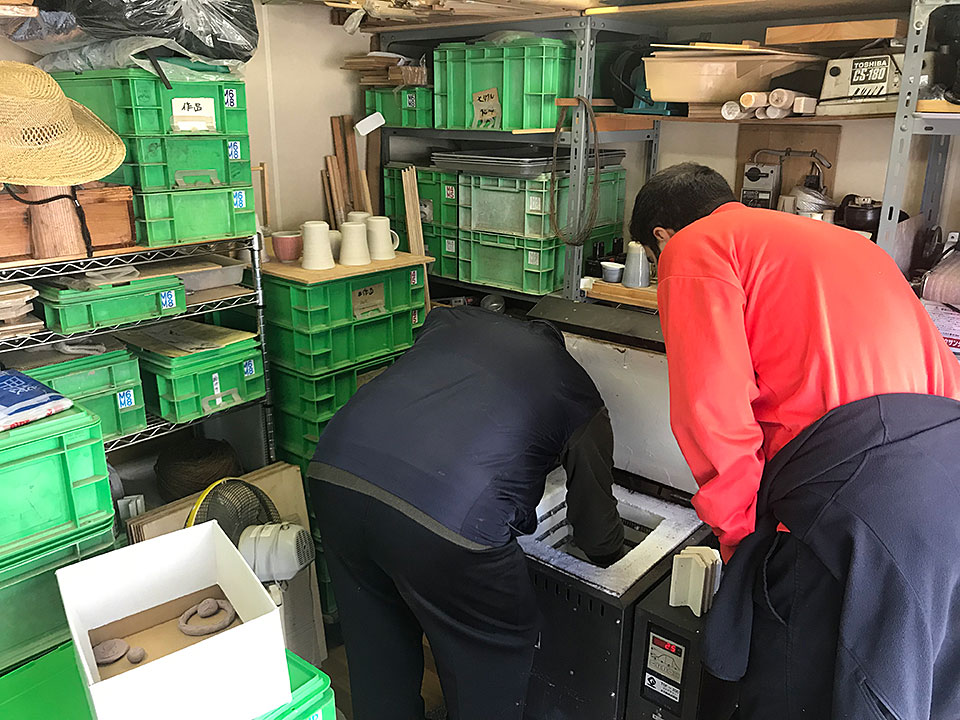
Ceramics baking at an ARCUS Supporter’s workshop


Planning for a lecture performance
Open Studio

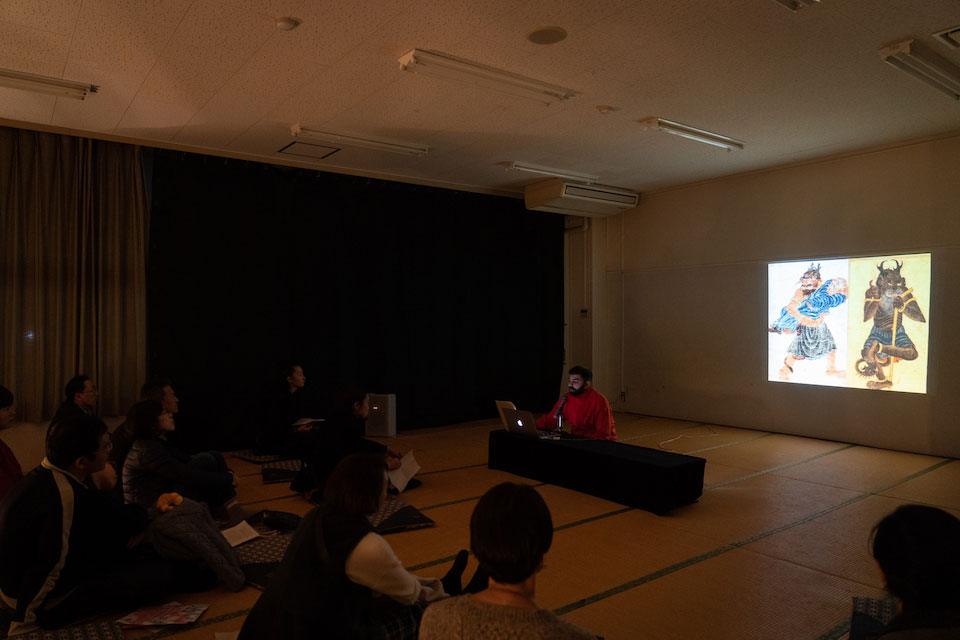
Lecture performance

Demonst(e)rating the untamable monster
Artist Statement
Demonst(e)rating the untamable monster
The “others” of this story are monsters. Their frequented places are those that the maps do not show, the ships are not moored, and the compasses are surprised. It’s a landless country. Where the world ends. Rumor has it that wild things live in a remote realm. These “other” figures are the inhabitants of the border region where the mind is weakened and fantasies flourish.
The monsters provoke us to break down our built-in categories and rethink. They threaten the known with unknown and leave us with fear and trembling. They are driven to hell or heaven, or they are driven out of the human community and sent to the land of foreigners. The body of the monster is a political claim on its own.
With its existence, it destroys all the assumptions that are fundamental to human beings and social stratification. The monster does not know paradise; it is not made of clay, so it cannot dream of returning to the dust.
The project focuses on the image of the “other” as monster that finds itself in the mechanisms of dominant image production with very specific images. The artist created fiction-animated avatars inspired from various monster illustrations in ancients manuscripts, Acaibu’l-Mahlukat ve Garaibu’l-Mevcudat by Zekeriya ibn Muhammed Qazwini, Siah-Qalam’s drawings and Japanese yokais (monsters and supernatural characters) Gazu Hyakki Yagyō written by Sekien Toriyama.
Reason for Selection
“How can we describe reality? In this era of instant visual culture, is it even possible to discuss reality?” Caner’s philosophical questions grew out of a career as a photojournalist covering warzones, and took on great urgency for the artist. In the ARCUS Project, he will research monsters appearing in a 13th-century book by a Persian scholar and Japanese “yokai” (supernatural monsters and spirits), create avatars, and produce animated works. I have high expectations for the results of his exploration of representations of “the Other” and narrative protagonists in a different cultural context.
Comment for Open Studios
Towns devastated by bombs, surges of refugees without any place to live, people in tears…. The more tragic photographs of reality are, the more readers they attract. Bewildered by the fact that news photographs are destined to include an element of entertainment, one-time photojournalist Cihad Caner began searching for another way to express reality.
In Japan, Caner experimented with a new approach by combining Mesopotamian monsters with traditional Japanese “yokai”(supernatural creatures). Monsters and “yokai” are “others” – symbols of incomprehensible entities emanating from the outside. By scrutinizing and digesting these forms, which were developed over hundreds of years, Caner attempts to convey certain realities that he has come to understand as an individual living in the present era.
For Open Studios, Caner wrote a story combining fictitious and factual information about “yokai” for a lecture performance. He will also screen 3D animated works in which characters that are an amalgam of 13th-century Mesopotamian monsters and traditional Japanese “yokai” let out agonized cries and sing. Searching for possibilities in the “translation” of these expressions, Caner provides encouragement to those who are confronted with cruel realities. (Guest curator, Kanazawa Kodama)
Erika Ceruzzi
USA
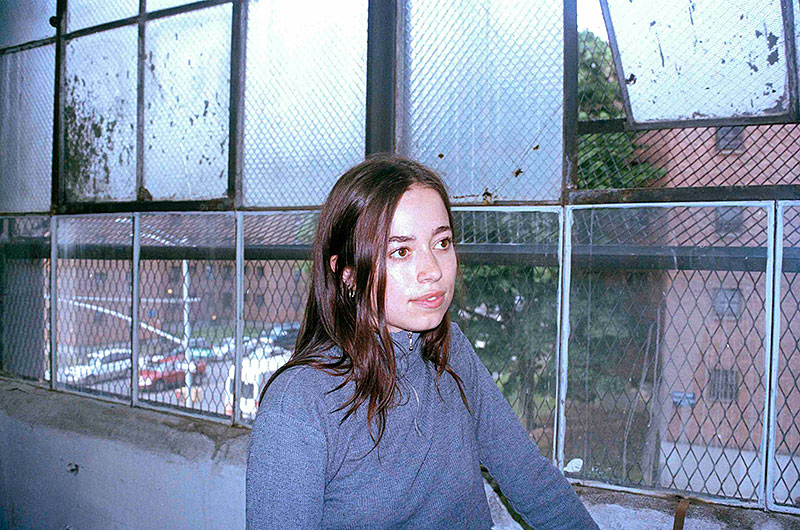
Photo: Tyler Jones
Born in Maryland, USA in 1990. Lives and works in New York, USA. Ceruzzi studied fine arts at the Cooper Union (New York). Ceruzzi modifies industrial materials and produces sculptures that subvert the materials’ original purposes and functions. She has created sculptures and installations with combinations of industrial and crafts materials such as aluminum pipe, cables, fabric and paper. In recent years she has also worked with embroidery. Although focused on sculpture, the artist’s practice is expanding, and she has produced installations featuring striking interpretations of spaces, and works in which visitors can detach parts of the work and wrap it around their arms. Thus far she has primarily worked and exhibited in the US.
Selected Works

Genetically modified silkworms at National Agriculture and Food Research Organization
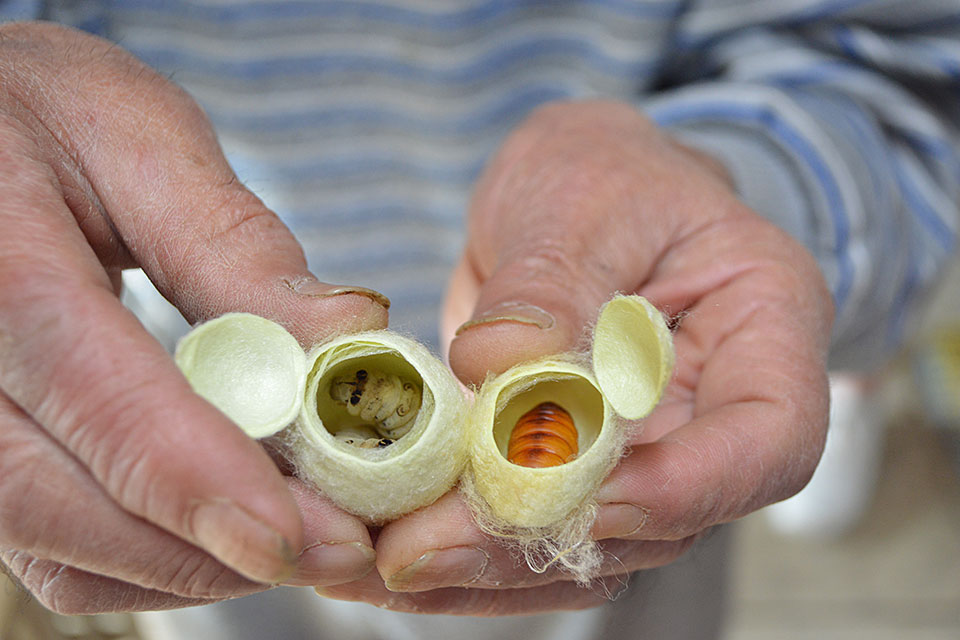
Silkworms at a farmhouse
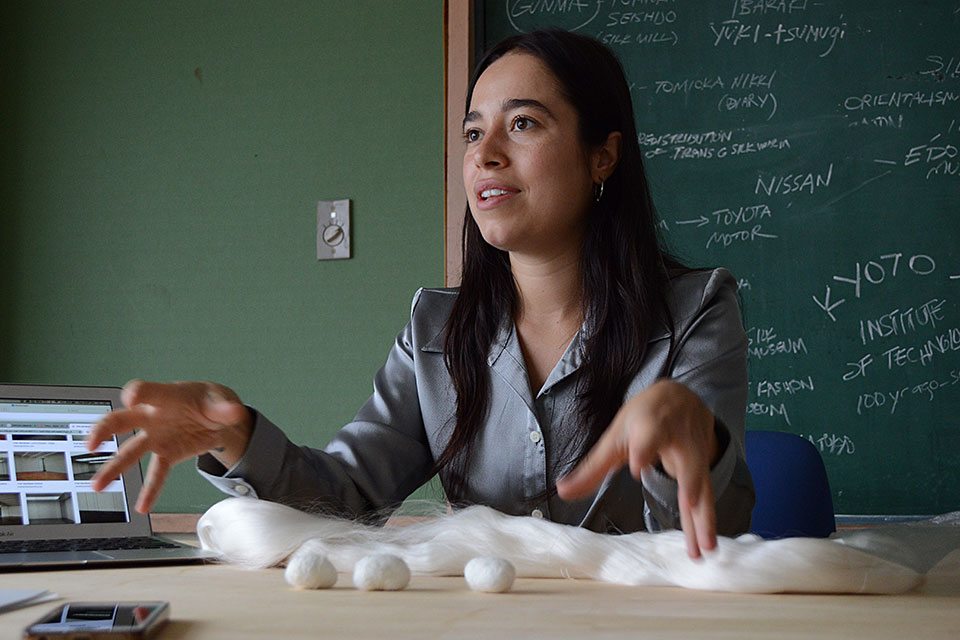

Production of slippers with ARCUS Supporters
Open Studio

F1


Artist Statement
F1
F1 is an installation; an environment to experience my research surrounding transgenic silk in Japan. F1 temporarily replaces the room number of my studio 1 and refers to an F1 hybrid, which in biology, classifies the offspring of two distinct parental lines.
My interest in genetically modified silkworms began with a fascination of silk’s structural properties. It is a hyper strong yet delicate, biocompatible fiber. In the United States, silk is being developed as a potentially bulletproof material for the military. This is possible through genetic engineering of spider DNA within the organism of the domesticated silkworm (Bombyx mori).
During the course of my research, I discovered that the relationship between human and silkworm is intensely intimate.
For generations, even as raw silk became a major export and source of economic growth for Japan, silkworms were raised in people’s homes, in rural regions where the silk industry had taken root during the Meiji Restoration.
With optimal conditions in question, I invite the possibility of genetic entanglement between silkworm and human. The synthesis occurs not in a highly technical lab, but rather, in a kind-of residential research complex. It is a hypothetical space, incomplete, and stripped down as a mere framework for imagination. I’ve altered elements of the former classroom in order to subtly re-contextualize the environment into a domestic setting.
Reason for Selection
In her proposal, Ceruzzi cites research on silk. This includes study of 1) silkworms that produce spider web thread, which are being developed for military purposes in the US, 2) genetically modified silkworms in Japan, 3) the historical context of Japanese sericulture, such as the Tomioka Silk Mill. The breadth and depth of perspectives suggested by these subjects are intriguing. Also, Ceruzzi describes her approach thus far as “poetic” and has been working with fabric as a one of her main sculptural materials, but now she intends to focus on one particular type of fabric, and broaden her horizons to incorporate sociopolitical and scientific investigation. I would like to support this ambitious effort.
Comment for Open Studios
After learning that silkworms were being genetically engineered to spin spider silk for the U.S. military, Erika Ceruzzi developed a strong interest in the political significance of the insect. During her residency in Japan, Ceruzzi discussed a variety of topics with the curator and the staff, including the long history of Chinese silk production, which began before the Common Era; the Silk Road, which connected various regions in Eurasia; and the role that the silk industry played in the modernization of Japan. She also considered some less apparent sides of the subject, such as the exploitation of female laborers and the study of silkworms in genetic technology. In addition, Ceruzzi made research trips to the Tomioka Silk Mill, an active silk mill and a silkworm farmer in Gunma, the Silk Museum in Yokohama, and the National Agriculture and Food Research Organization (NARO) to broaden her knowledge of silkworms, sericulture, and the relationship between people and the insects.
In Open Studios, Ceruzzi presented the results of her research in the form of an installation. One notable aspect of the display related to the phenomenon of double cocoons – a cocoon created by two silkworms that is normally not suitable for commercial use. Ceruzzi also fabricated slippers for her studio visitors – a reference to the slippers required to enter the laboratories at NARO. This suggests her sensitivity to local differences such as notions of hygiene and ritual behaviors.
You might say that Ceruzzi set out to discover the geographical, historical, and physical politics contained in the material silk (a fabric used to make sculpture) and its origins. (Guest curator, Kanazawa Kodama)
Erica van Loon
The Netherlands

Photo: Tim Mintiens
Born in Meppel, Netherlands in 1978. Lives and works in Amsterdam, Netherlands. Van Loon studied architectural design at ArtEZ University of the Arts (Kampen) and fine art at Gerrit Rietveld Academy (Amsterdam) and De Ateliers (Amsterdam). She has participated in residency programs in Canada, Switzerland, the US and elsewhere. Van Loon is interested in physical links between humans and the earth, activities inside the earth that we cannot see or only perceive indirectly and the human unconscious. She has thus far produced sound, video, and photography works, as well as installations that combine these media. In her works, the artist aims for effects that heighten viewers’ perceptions through repeated actions and rhythms and strengthen their ability to find connections between the exterior ecosystem and the interior of the human body.
Selected Works
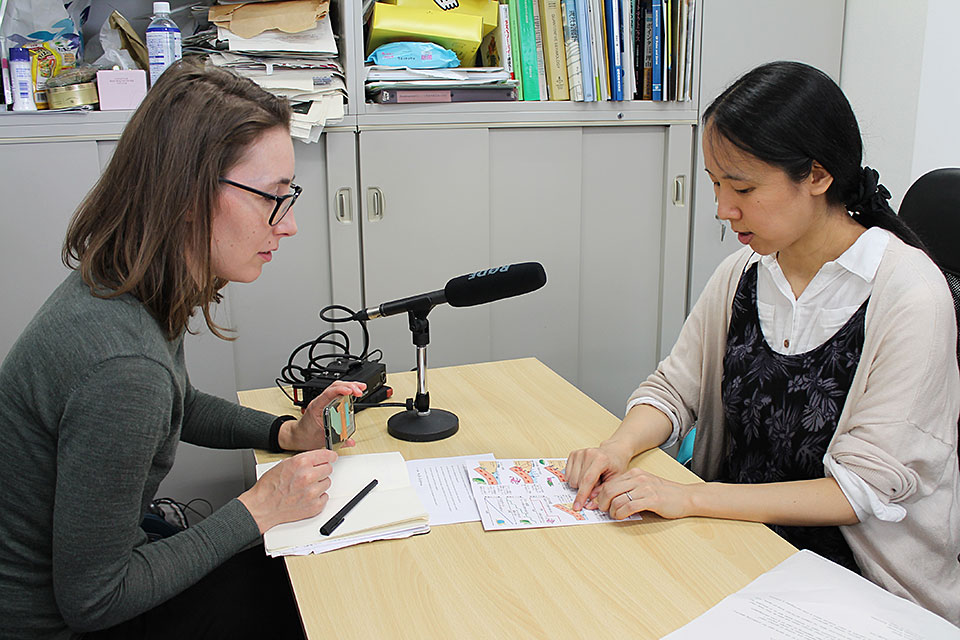
Interview about the ‘slow earthquake’ at the Earthquake Research Institute, University of Tokyo

Sound recording of singing bowls

Meeting with an “Aikido” teacher for shooting a film
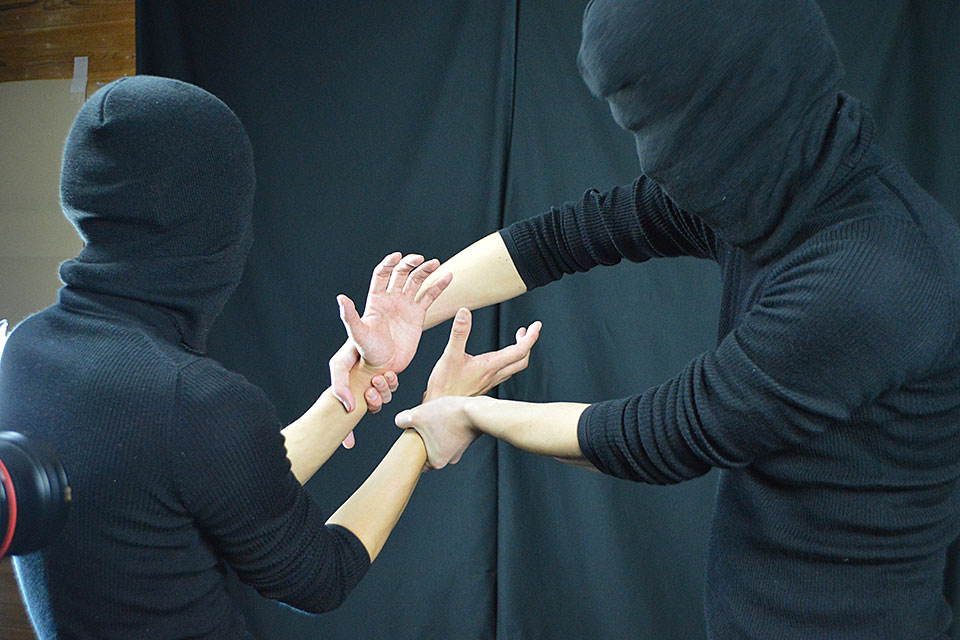
Open Studio

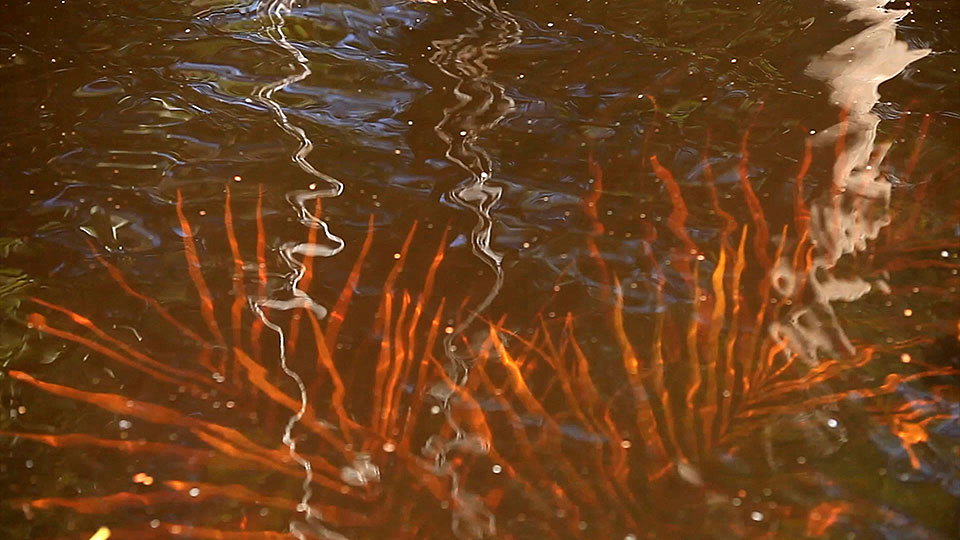

Artist Statement
The Longest Wave We Surf
The Longest Wave We Surf reflects on ideas around ecology by relating physical movements of human and non-human bodies, it specifically focuses on movements with a cyclic character. Think of how slow earthquakes vibrate barely noticeable seismic waves throughout the body of the earth, at frequencies so low that we need to drill holes in mountains to sense them; of aikido movements that spiral and embrace, physically and philosophically; and an ant that lives high up in the canopy of tropical trees and that evolved techniques so she falls without ever hitting the ground.
The input for this project was gathered during my residency at
ARCUS Project and during the Labverde Arts Immersion Program in the Brazilian Amazon, which I attended just before coming to Japan. The video installation I am developing at ARCUS Project combines images, text and sound inspired by these antipodes.
In part my research itself was physical; I recorded footage and was taught while sweating in the middle of the rainforest, training on tatami mats in the dojo and ascending sacred mountains. The installation invites the spectator to engage on a physical level as well.
Reason for Selection
Incorporating interviews with geologists and anatomists into her work, Van Loon conveys a holistic worldview by combining scientific viewpoints with visual, sound and other ingredients derived from nature, as well as metaphorical elements. I find an appealing freshness in her unique approach. Her proposal has the theme of “couples therapy” between the earth and humans, and involves researching the natural environment of Ibaraki and producing new works of art. I have high hopes for her establishment of creative communication with the surrounding environment, including the local community. This “communication” may take forms that we could not have imagined.
Comment for Open Studios
Already strongly interested in the physical connection between human beings and the earth, Erica van Loon explored several different topics during her residency in Japan and conducted research on them at the same time. One of these was “Aikido”. Van Loon actually received training in the martial art and learned some “Aikido”moves. In “Aikido”, you utilize your opponent’s energy to protect yourself. Van Loon said that she was impressed by the idea that “redirecting the rhythm and intent of someone’s movement enables you to attune to one another.” She also went to meet a seismologist in Tokyo and learned about slow earthquakes, which occur over the course of a few days, months or even years. Van Loon’s interest in the subject stemmed in part from the fact that she experienced her first earthquake during her residency. She also read up on Cephalotes atratus, a species of ant that she encountered during a stay in the Amazon just before coming to Japan. The ant lives its entire life on a tree. Whenever it is danger of falling, the creature glides through the air to change direction and jumps back toward the tree trunk.
Van Loon created a video installation made up of moving images and sound that deals with the ant’s behavior, the “Aikido” technique of rotating the arm, and slow earthquakes, which extend throughout the world. Her presentation shows the outcome of her explorations into the dynamics of circulation in the ecosystem through both a scientific and physical approach. (Guest curator, Kanazawa Kodama)